
General Idea
Hong Kong is located in the Far East, just south of the Tropic of Cancer. Hong Kong Island is 32km (20 miles) east of the mouth of Pearl River and 135km (84 miles) southeast of Canton. It is separated from the mainland by a good natural harbour. Hong Kong Island was ceded to Britain in 1842 by the Treaty of Nanking; and the Kowloon Peninsula (south of Boundary Street and Stonecutters Island) in 1860 by the Convention of Peking.
The area of Boundary Street to Shenzhen River and a group of 260 islands, now known as the New Territories, were leased to Britain in 1898 for a period of 99 years. The New Territories (plus the 260 islands) comprise 891 sq km (380 sq miles). Shortage of land suitable for development has led to reclamation from the sea, principally from the seafronts of Hong Kong Island and Kowloon.
Area: 1097 sq km (423.6 sq miles).
Population: 6,687,200 (1998).
Population Density: 6,096 per sq km.
Geography and Climate

Geography: Hong Kong and its 260 territorial islands and peninsulas are located in the South China Sea, at the mouth of the Pearl River Delta. It is 60 kilometers (37 miles) east of Macau, a Chinese-Portuguese enclave famous for its colorful casinos and ostentatious hotels. And across the northern border of Hong Kong's New Territories lies the city of Shenzhen in Guangdong Province.
Hong Kong can be divided into three distinct areas: Hong Kong Island (Victoria), Kowloon and the New Territories. Lantau is Hong Kong's largest island, while Hong Kong Island is the second largest. The Kowloon Peninsula and the New Territories are on the mainland side of Hong Kong, north of Hong Kong Island, across Victoria Harbor.
Population: 6.8 million. 95% are Chinese, the rest are foreigners.
Administrative division: The Hong Kong Special Administrative Region – a territory belonging to the Peoples' Republic of China (PRC) – consists of: some 236 islands in the South China Sea, (of which Hong Kong Island is the most populated); Kowloon Peninsula; and the New Territories.
Climate & Weather Briefing
Hong Kong is a comfortable place with pleasant sub-tropical climate, meaning that it can be temperate for almost half of the year; even during November and December there can be a pleasant breeze, some sunshine and comfortable temperatures. Many people regard these two months as the best time to visit Hong Kong, however, Hong Kong weather is famous for its unpredictability, and rain can turn to shine in a matter of seconds. The city also hosts some of the world's more extreme weather. In no particular order, Hong Kong weather warnings can be issued for; black rain, direct-hit typhoons, extreme heat, thunderstorms and landslides, but don't be put off, as the city is also blessed with plenty of sunshine for most of the year.
Cloudy January and February are comparatively colder with temperatures below 10 degrees Celsius. The lowest temperature recorded at the Observatory is 0 C, although sub-zero temperatures and frost do occur at times on high ground and in the New Territories.
Spring time is pleasant beginning from March, though like any typical sub-tropical climate, weather in March and April is foggy, when sleet can be particularly troublesome on high ground which is exposed to the south-easterly winds, and air traffic and ferry services are occasionally disrupted because of reduced visibility.
Changeable weather is common from May to August. In this hot and humid season, occasional showers and thunderstorms may refresh the city in the morning,; and while it will be hot in the night, temperatures generally remain around 26 degree Celsius with high humidity. There is usually a fine dry spell in July which can last for one to two weeks or even longer in some years.
Hong Kong is most likely to be affected by tropical cyclones during July to September, although gales are not unusual at any time between May and November. On average, about 31 tropical cyclones form in the western North Pacific or China Seas every year, and about half of them reach typhoon strength (maximum winds of 118 kilometres per hour or more).
When a tropical cyclone is about 700 to 1000 kilometres southeast of Hong Kong, the weather is usually fine and exceptionally hot, but isolated thunderstorms sometimes occur in the evenings. If the centre comes closer to Hong Kong, winds will increase and rain can become heavy and widespread. Heavy rain from tropical cyclones may last for a few days and subsequent landslips and flooding sometimes cause considerably more damage than the winds.
Characters of the four season in Hong Kong
Spring brings warmer and more humid weather. There is a sharp increase in rainfall around April.
Summer weather is hot, humid and unstable. Thunderstorms and brief showers are common, interspersed with sunny conditions.
Autumn is generally considered as the most pleasant season. Temperatures are still high (20-27°C) while humidity and rainfall are considerably lower.
In winter, the weather is generally cool by local standards, with temperatures hovering between 15°C and 20°C.
The mean annual rainfall ranges from around 1300 millimetres at Waglan Island to more than 3000 millimetres in the vicinity of Tai Mo Shan. About 80 percent of the rain falls between May and September. The wettest month is August, when rain occurs about four days out of seven and the average monthly rainfall at the Observatory is 391.4 millimetres. The driest month is January, when the monthly average is only 23.4 millimetres and rain falls only about six days a month.
Severe weather phenomena that can affect Hong Kong include tropical cyclones, strong winter monsoon winds, and thunderstorms with associated squalls that are most frequent from April to September. Waterspouts and hailstorms occur infrequently, while snow and typhoons are rare.
Climate Data Table for Hong Kong
Month Item | Jan | Feb | Mar | Apr | May | Jun | Jul | Aug | Sep | Oct | Nov | Dec |
maximum | 23.42 | 24.54 | 27.11 | 29.69 | 31.92 | 32.98 | 33.33 | 33.33 | 32.94 | 30.84 | 27.98 | 24.75 |
minimum | 8.14 | 8.28 | 11.18 | 15.31 | 20.04 | 22.65 | 23.55 | 23.66 | 22.31 | 18.49 | 13.24 | 9.27 |
Rainfall (mm) | 39 | 49 | 83 | 221 | 232 | 555 | 350 | 485 | 407 | 117 | 34 | 42 |
Days of rainfall | 5.60 | 9.47 | 10.47 | 11.67 | 15.47 | 18.77 | 17.77 | 17.43 | 14.80 | 8.10 | 5.67 | 4.27 |
History
Originally Hong Kong was a small fishing village. Today, it is one of the world’s most cosmopolitan cities where the East truly meets the West.
On 1 July 1997, Hong Kong became a Special Administrative Region of China in an arrangement that would last for 50 years. Operating under the 'one country, two systems policy', Hong Kong maintains its own political, social and economic systems. English remains an official language and Hong Kong's border with China still exists.
Now reunited with the mainland, visually stunning Hong Kong offers a warp-speed 'shop till you drop' lifestyle combined with enclaves of tradition.
Hong Kong was part of the Chinese empire before coming under British administration as a direct result of the 19th-century Opium Wars. When peace terms were drawn up in 1841, the Emperor of China agreed that Hong Kong Island should be ceded to Britain and five other ports licensed for foreign trade. The British controlled Hong Kong from then on, apart from a four-year period during World War II when the territory was occupied by the Japanese until 1997, when it was returned to China. The terms were settled and signed in 1984 and contained guarantees that the territory would enjoy a high degree of autonomy, especially in the economic field.
- Contact Us
-
Tel:
0086-571-88165708
0086-571-88165512E-mail:
admission@cuecc.com
- About Us
- Who We Are What we do Why CUECC How to Apply
- Address
- Study in China TESOL in China
Hangzhou Jiaoyu Science and Technology Co.LTD.
Copyright 2003-2024, All rights reserved





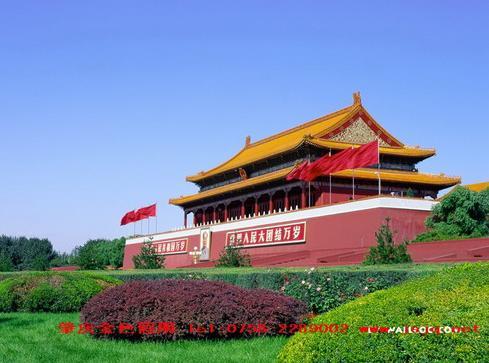
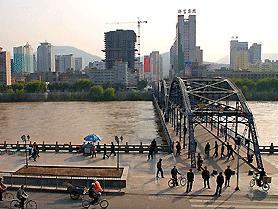
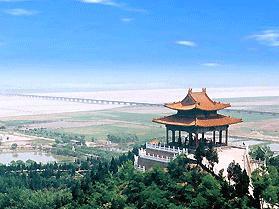

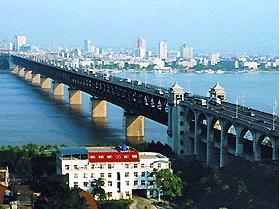
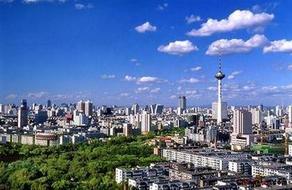
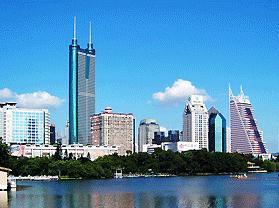
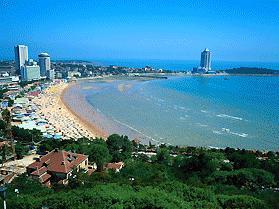

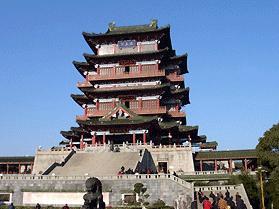
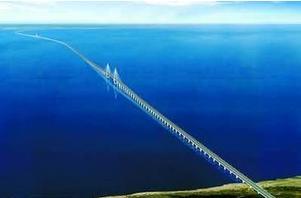
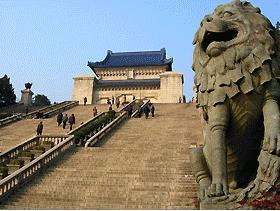
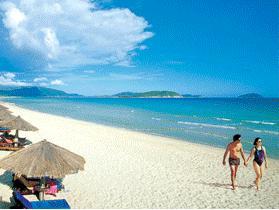
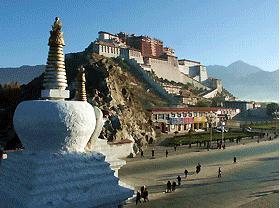
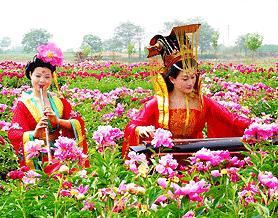
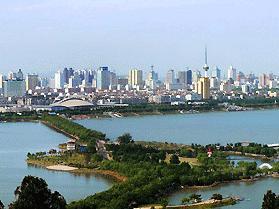
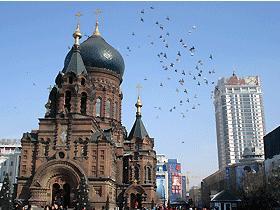
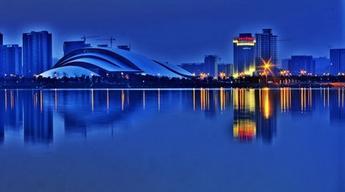
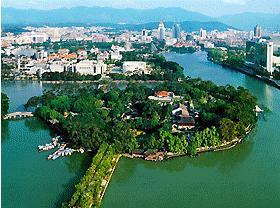
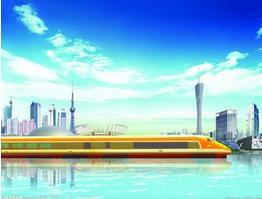
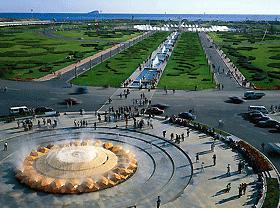
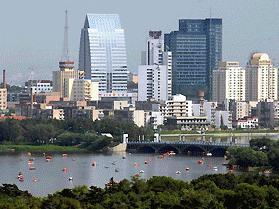
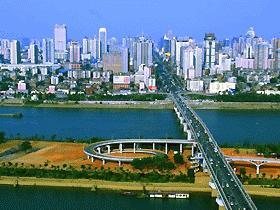
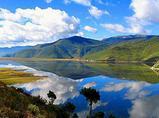
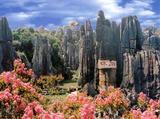

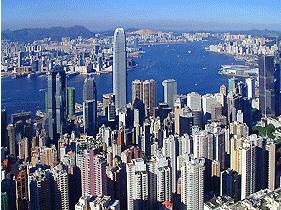
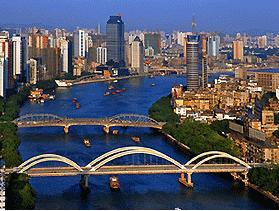
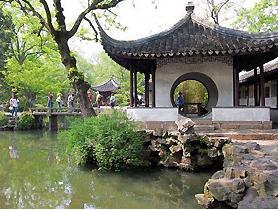
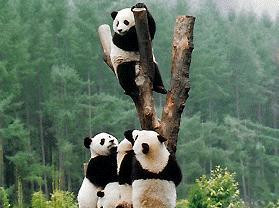
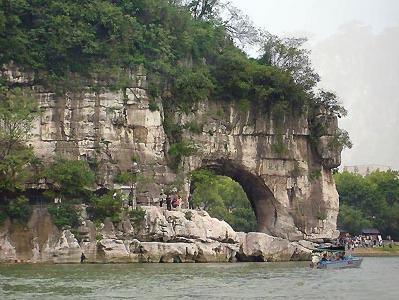
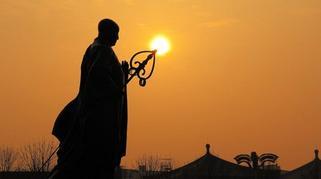
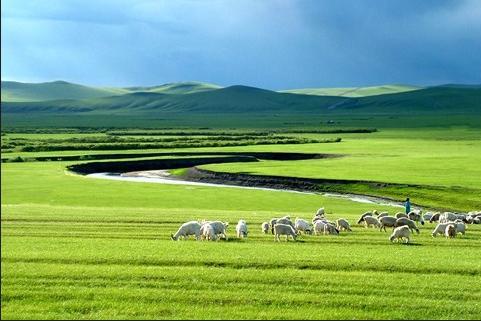

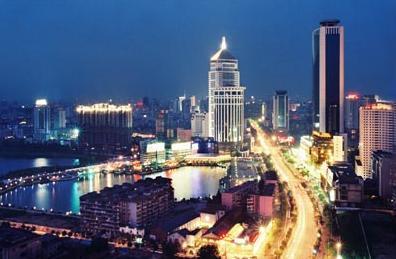
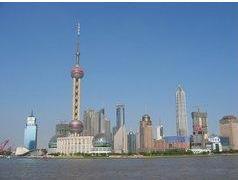
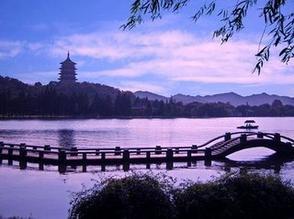

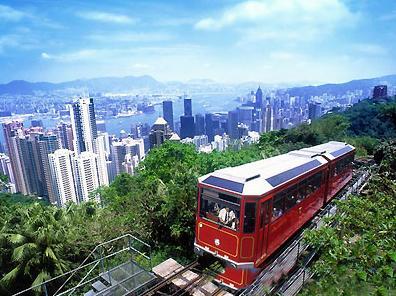
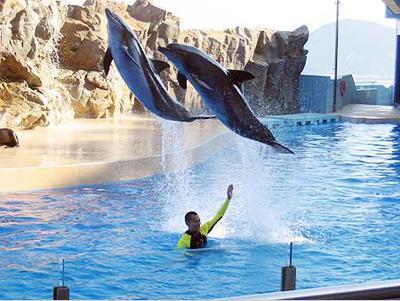
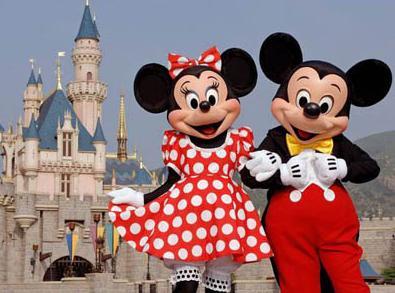
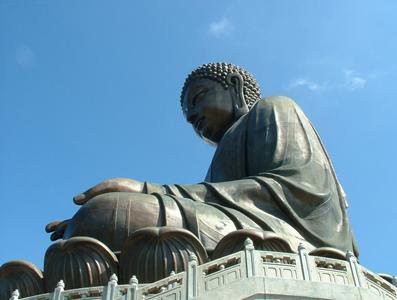
 Chinese
Chinese
 English
English
 Korean
Korean
 Japanese
Japanese
 French
French
 Russian
Russian
 Vietnamese
Vietnamese
